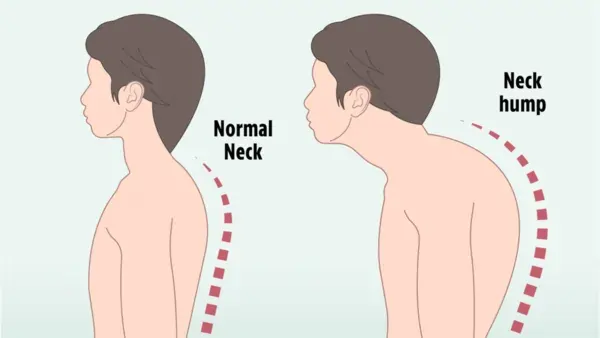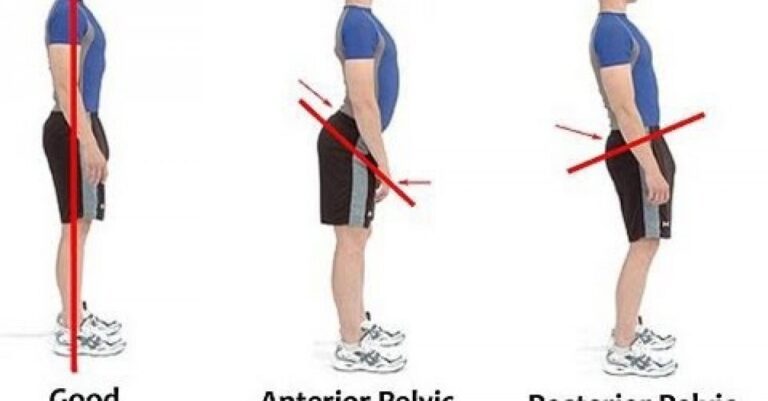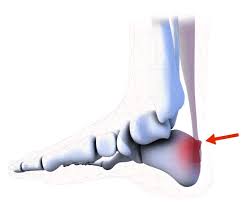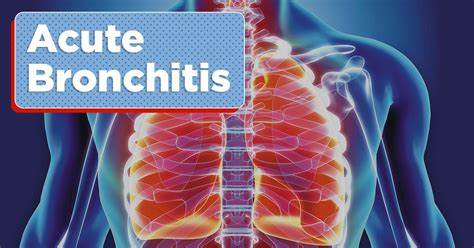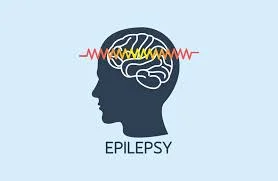Buffalo Hump
Table of Contents
What is a Buffalo Hump?
A buffalo hump, medically known as a dorsocervical fat pad, is an abnormal accumulation of fat between the shoulder blades. This condition can give the appearance of a hump on the upper back, resembling the shape of a buffalo’s hump, hence the name.
While it can be associated with certain medical conditions such as Cushing’s syndrome, obesity, or prolonged use of corticosteroids, a buffalo hump can also result from poor posture, leading to musculoskeletal imbalances. Understanding its causes and symptoms is crucial for effective treatment and management.
What are the causes of a buffalo hump?
The most common cause of a buffalo hump is Cushing syndrome, which is an excess of cortisol, a hormone that occurs normally and is involved in many body functions, including metabolism. Elevated cortisol levels have the potential to cause a rise in fat synthesis. The accumulation of fat in the neck region is the most common symptom of Cushing syndrome. This results in the distinctive buffalo hump. Lung tumors, glucocorticoid drugs, or adrenal tumors can all result in Cushing syndrome. Cushing disease is the term used when a pituitary tumor is the cause of Cushing syndrome.
The possibility of getting a buffalo hump can rise with prolonged use of glucocorticoid drugs, which elevate cortisol levels in the body. Prednisone and other glucocorticoids have anti-inflammatory and immune-suppressive properties. The most prevalent disorders for which they are prescribed are conditions of the skin, allergies, asthma, autoimmune diseases, and chronic obstructive pulmonary disease (COPD). In order to treat cancer, they could also be recommended in addition to chemotherapy.
Antiretroviral medication treatment may be the cause of the HIV-associated buffalo hump, as evidenced by the observation of buffalo humps in patients undergoing treatment for the virus.
Additionally, if the fat masses are restricted to the neck, Madelung disease, a rare disease that results in fat depositions on the body, may cause a buffalo hump to grow.
Furthermore, increased fat deposition in obese individuals may lead to the development of a buffalo hump.
What symptoms and signs are present with buffalo humps?
Depending on the underlying reason, individuals may present with additional symptoms in addition to the characteristic hump that occurs between the shoulder blades. People with Cushing syndrome or those taking glucocorticoids may have elevated cortisol levels in their bodies, which can lead to weight gain around the face (also known as moon face), stretch marks, hirsutism, acne, thinning skin, delayed wound healing, and skin flushing.
In addition, abnormal cholesterol levels (also known as dyslipidemia), high blood pressure (commonly known as hypertension), irregular menstrual cycles, excessive thirst, osteoporosis, neurological abnormalities, depression, and reduced libido can all be associated with Cushing syndrome.
How can one diagnose a buffalo hump?
In addition to performing a physical examination, a healthcare provider would typically analyze the patient’s medical history and current medications in order to diagnose buffalo hump and determine its underlying cause.
The clinician may prescribe lab tests, such as a low-dose dexamethasone test, a high-dose dexamethasone test, a late-night salivary cortisol level, or a 24-hour urine-free cortisol (UFC) test, depending on the suspected cause. These assessments measure cortisol levels and aid in the detection of underlying illnesses. To help distinguish between fat deposits and spinal abnormalities, imaging investigations such as X-rays, computed tomography (CT) scans, or magnetic resonance imaging (MRI) may also be prescribed.
Treatment of the buffalo hump
The cause of a buffalo hump largely determines how to treat it. A medical expert may wish to change the dosage or stop taking the medicine completely if it is the root reason. To treat the high cortisol levels in Cushing syndrome, surgery or prescription drugs might be necessary. Cosmetic surgery to eliminate the fat deposits may be part of the treatment for Madelung disease.
A healthcare professional might also suggest diet and exercise to prevent the buildup of fat. Additionally, several drugs could be recommended to aid with related symptoms and indicators.
Buffalo Hump Exercises
Exercises
Exercises to address a buffalo hump focus on improving posture, strengthening the muscles of the upper back and neck, and increasing flexibility. Here are some effective exercises:
- Chin Tucks
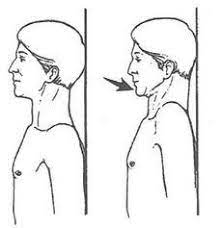
How to Do It: Sit or stand with your back straight. Gently tuck your chin towards your chest, creating a double chin without tilting your head forward. Hold for 5 seconds and release.
Benefits: Strengthens the neck muscles and helps correct forward head posture.
- Shoulder Blade Squeezes
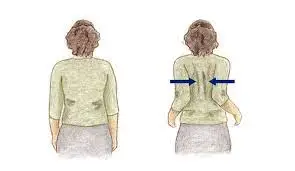
How to Do It: Sit or stand with your back straight. Try pushing your shoulder blades together and pinching anything between them. Hold for 5-10 seconds, then relax.
Benefits: Strengthens the muscles between the shoulder blades, improving upper back posture.
- Wall Angels

How to Do It:
Step your feet a few inches away from a wall, but maintain a supported back. Press your lower back, upper back, and head on the wall.
Bending your elbows, raise your arms into a “W” position. Then, slowly stretch them overhead into a “Y” shape, maintaining touch with the wall.
Benefits: Improves shoulder mobility and upper back strength, helping to correct rounded shoulders.
- Cat-Cow Stretch
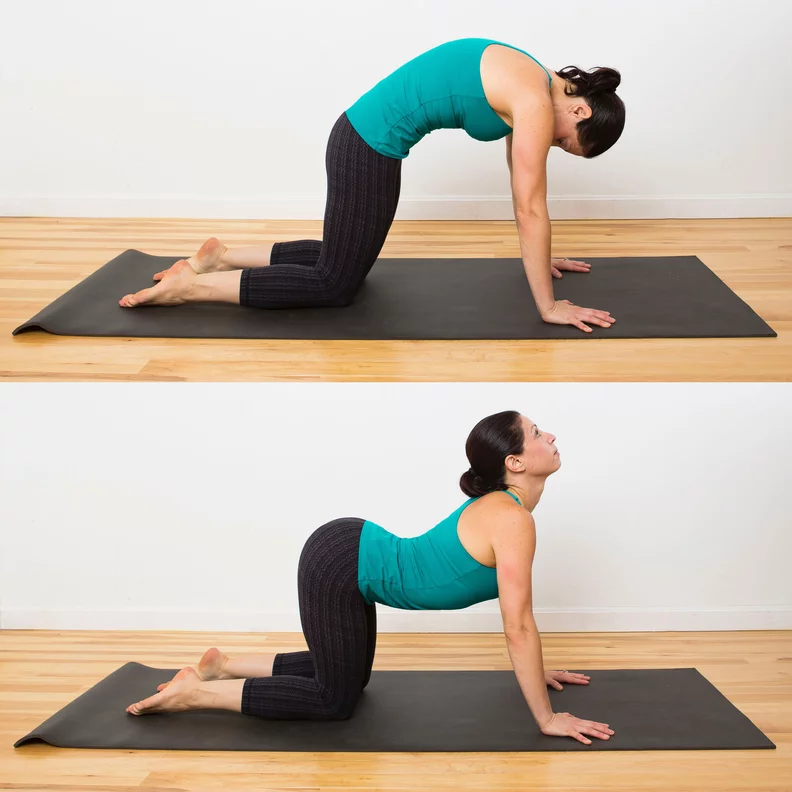
How to Do It:
Begin on your hands and knees in an all-four-limb position on a soft mat. Arch your back upwards like a cat, then slowly lower it, letting your stomach drop towards the floor and lifting your head upwards (like a cow).
Benefits: Increases flexibility and strength in the neck and back region and also helps reduce muscle tightness.
- Pectoral Stretch
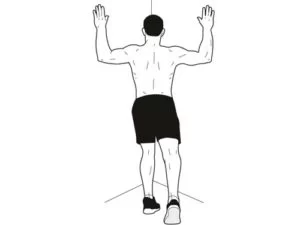
How to Do It: Stand in a doorway with your arms at a 90-degree angle against the door frame. Step forward with one foot, gently stretching your chest and shoulders.
Benefits: Helps open up the chest and counteracts the effects of a rounded upper back.
- Thoracic Extension
How to Do It: Sit in a chair with a backrest that ends at your mid-back. Place your hands behind your head, arch your back over the backrest, and gently stretch backward.
Benefits: Increases thoracic and cervical spine mobility and helps correct forward head curvature.
- Foam Rolling
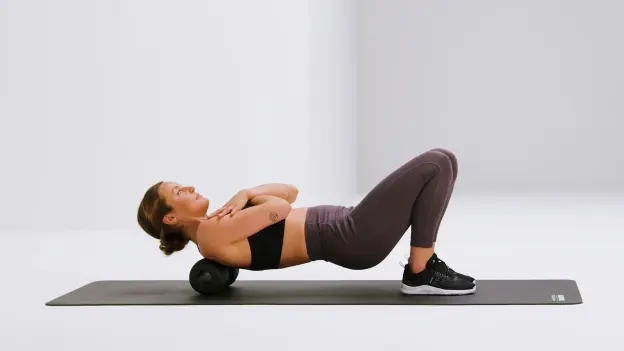
How to Do It: Lie on a foam roller placed horizontally under your upper back. Gently roll back and forth to massage the muscles and release tension.
Benefits: Reduces muscle tightness in the upper back, improving posture.
Is a buffalo hump removable?
In certain situations, a buffalo hump may actually disappear. Depending on the underlying reason, some people may have a higher risk of acquiring other problems such as sleep apnea, cardiovascular disease, myocardial infarction (heart attack), stroke, and thromboembolism even after their buffalo hump has resolved.
What are the key details of buffalo humps that one should be aware of?
A buffalo hump is a mass of fat that has formed between the shoulder blades on the back of the neck. It can be caused by a number of underlying medical disorders, including Cushing syndrome, as well as specific drugs. Depending on the underlying reason, a buffalo hump may have additional symptoms.
Exams, lab tests, imaging studies, and a review of medical history may all be necessary for the diagnosis. The main goal of treatment options is to address the underlying problem, which may involve surgery, medication withdrawal, or pharmaceutical therapy. Changes in lifestyle may also be advised in some situations. The buffalo hump could gradually disappear as a result of treatment.
If I lose weight will my buffalo hump go away?
A buffalo hump may get smaller with weight loss, particularly if the hump is mostly the result of fat buildup. But a number of variables will determine whether it goes away entirely:
The Buffalo Hump’s cause is
If obesity is the source of the buffalo hump, losing weight can greatly lessen or possibly get rid of it.
Losing weight might not be enough to fix the hump if it is caused by other issues like bad posture, certain drugs (like corticosteroids), or hormonal imbalances (like Cushing’s syndrome). Treating the underlying problem is crucial in these situations.
Distribution of Fat:
Person-to-person variations exist in the distribution of fat inside the body. Some people may have a natural tendency to retain fat in particular places, such as the back of the neck. Although losing weight can lower body fat generally, the amount of fat that is reduced in different places may differ.
Musculoskeletal Problems and Posture:
Losing weight might not be sufficient if musculoskeletal abnormalities or bad posture are the cause of the hump. In these situations, it may be more beneficial to include posture correction exercises together with activities that target and develop the muscles of the upper back and neck.
Elasticity of the Skin:
Even after losing weight, if the hump has persisted for a long period, the skin in that place may not completely contract, possibly leaving some leftover tissue.
In conclusion, losing weight can aid in the reduction of a buffalo hump, particularly if it is caused by extra fat, but it’s crucial to take into account additional variables that can be influencing its appearance. The best chance of lessening or getting rid of the hump is to combine weight loss with focused exercise and taking care of any underlying health conditions.
Prevention
There’s not one certain method to keep your back from hunching back. You can, however, take certain steps to reduce the possibility that you will receive one.
To avoid osteoporosis, make sure you get the required daily amounts of calcium and vitamin D. If you suffer from a medical condition that interferes with your ability to absorb calcium from food, your doctor may suggest taking calcium supplements.
You should exercise regularly and eat a balanced diet that includes foods from all the food categories to lower your risk of obesity and thinning bones.
If you are over 51 or going through menopause, you should increase your daily intake of calcium from 1,000 mg to 1,800 mg. Always get your doctor’s approval before increasing your calcium intake, especially if you take medication or have a family history of osteoporosis.
Complications
Most of the problems originate from the disease or condition that initially caused the hump. It could be difficult to turn around because of how much your neck sags. It may also cause you to find it difficult to turn your head from side to side.
Even though this type of hump rarely hurts, you should immediately notify your doctor if it does.
Some people may become anxious or concerned upon seeing the hump. If you exhibit symptoms of depression or high levels of stress, consult your doctor to learn about your treatment options.
What Distinguishes a Dowager’s Hump From a Buffalo Hump?
Kyphosis can lead to a hump in the neck and upper thoracic region called dowager’s hump. This is a rounded hunch that starts at your neck’s base. It usually happens as a result of an ongoing forward-leaning posture. Over time, this could cause your upper back bones to bend and cause a lump of tissue to form at the base of your neck.
Osteoporosis can also result in a dowager’s hump. A compression fracture in your upper spine may cause an increased forward curvature. This may cause you to tilt your head forward more than usual. A problem with the way your spine formed before birth is another potential reason. Another kind of kyphosis that affects teenagers is called Scheuermann’s kyphosis, and it causes an abnormally shaped spine.
Home Care
Your healthcare professional might advise you to stop taking the medication or adjust the dosage if it is the cause of the hump. Never stop taking the drug without first talking to your doctor.
Exercise and diet plans can aid in weight loss and potentially prevent certain obesity-related fat buildup.
When to Speak with a Medical Expert?
Make an appointment with your provider if you are experiencing discomfort from the hump behind your shoulders.
What to look for when you Consult a Doctor
Your Healthcare Provider will ask you about your present symptoms and medical history in addition to performing a physical checkup. To identify the cause, tests could be prescribed.
The goal of treatment will be to address the issue that initially led to the development of fat.
Conclusion
In conclusion, a buffalo hump is a noticeable fat deposit at the back of the neck, often linked to underlying health issues or poor posture. Addressing the root cause through medical evaluation, lifestyle changes, or physical therapy can help reduce or eliminate the hump. Early intervention and proper management are key to preventing further complications and improving overall posture and well-being.
References
- Image Team, Z. (2024, August 5). What causes a hump on the back of the neck, also known as Buffalo Hump? Zanskar. https://zanskarhealth.in/blogs/posts/what-causes-a-hump-on-the-back-of-the-neck-also-known-as-buffalo-hump
- Georgina Tiarks, (2024, August 5). Buffalo Hump, What Is It, Causes, Treatment, and More, https://www.osmosis.org/answers/buffalo-hump

